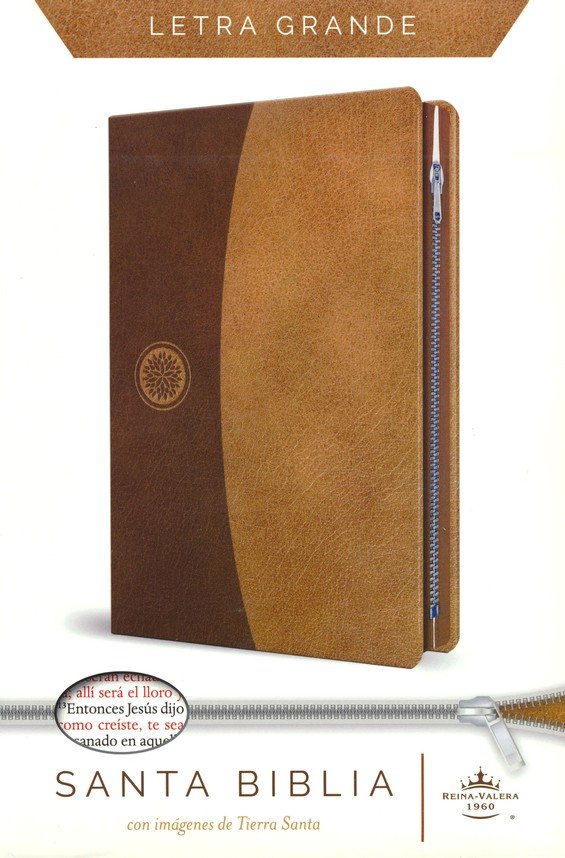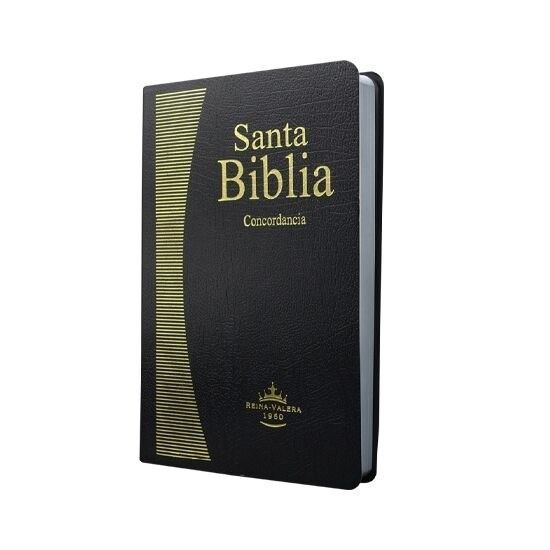



It retains the traditional form of the name of God, " Jehová" (with the notable exceptions of the Nueva Reina Valera 1990, revision which replaces "Jehová" with "El Eterno" and the Reina Valera Contemporánea, revision of 2011 which replaces "Jehová" with "El Señor"). Even the 1995 New Testament is based on the traditional Textus Receptus despite the fact that the United Bible Societies use modern critical Greek texts as the basis for other translations. The principle behind these revisions has been to remain as close to the original Reina–Valera as possible without causing confusion or misunderstanding. Modern editions often omit the Apocrypha. The British and Foreign Bible Society, the American Bible Society and the United Bible Societies published a total of fifteen revisions between 18 of which those of 1909, 19 are the most significant today and remain in print and a further revision appeared in 2011. For a time, it was known simply by de Valera's name. Among the reasons for the revision was the fact that in the intervening period words had changed their meanings or gone out of use. In 1602 Cipriano de Valera, a student of de Reina, published a revision of the Biblia del Oso which was printed in Amsterdam in which the deuterocanonical books were placed in a section between the Old and New Testaments called the Apocrypha. The 1569 version included the deuterocanonical books within the Old Testament and the 1602 version included the deuterocanonical books sandwiched between the Old and New Testaments. For the New Testament, he was greatly aided by the translations of Francisco de Enzinas and Juan Pérez de Pineda. As secondary sources, de Reina used the Ferrara Bible for the Old Testament and the Latin Edition of Santes Pagnino throughout. The translation was based on the Hebrew Masoretic Text (Bomberg's Edition, 1525) and the Greek Textus Receptus (Stephanus' Edition, 1550). It was first published on September 28, 1569, in Basel, Switzerland. (Earlier translations, such as the 13th-century Alfonsina Bible, translated from Jerome's Vulgate, had been copied by hand.) Jerome, and later an independent Lutheran theologian, with the help of several collaborators produced the Biblia del Oso, the first complete Bible printed in Spanish. Casiodoro de Reina, a former Catholic monk of the Order of St.


 0 kommentar(er)
0 kommentar(er)
